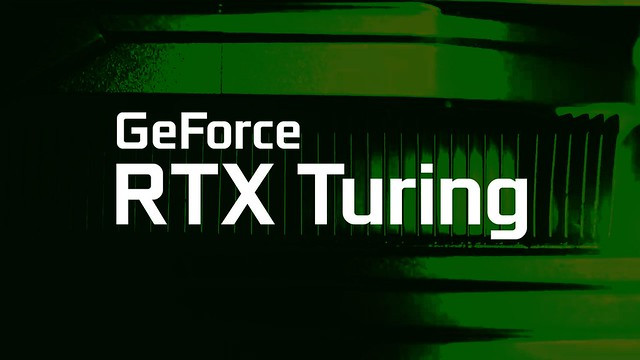Nvidia just debuted its drivers at this year's Gamescom in Cologne, Germany. The new drivers showcased interesting catch-up features like Integer Scaling and Anti-Lag challenging Ultra-Low latency Mode. It was AMD that fired the first shot on the latency showdown this year when it unveiled its Radeon RX 5700 graphics cards while Intel rolled out the Gen 11 Ice Lake graphics silicon packing Integer Scaling feature.
Nvidia launches its Game Ready driver pack with both features while the Ultra-Low Latency Mode can be accessed through all GeForce GPUs. Integer Scaling technology is only possible because of the programmable scaling filter found on Turing architecture. This simply means that only the GeForce RTX 20-series or the GTX 16-series are applicable.
Nvidia promises up to 23 percent increase in performance in several games with this latest update compared to the 431.60 rolls out in the previous month. Titles like "World War Z," "Apex Legends," "Strange Brigade," "Battlefield V," and "Forza Horizon" are all getting the increase in frame rate with "Apex Legends" getting the most of the boost. The Radeon Anti-Lag-a-like Ultra-Low Latency Mode can be accessed through the GeForce Control Panel 3D settings screen is the most interesting feature to arrive out of the new Nvidia drivers.
The features come with three settings, Ultra, On, and Off. When the Low Latency Mode is switched off the game engine will take over and will instantly queue up 1 to 3 frames to achieve maximum render throughput. If the Low Latency Mode is switched on, it will significantly limit the maximum pre-rendered frames to only 1. This is something users have been doing for years and something that Nvidia underlined when AMD announced it to be one of its latest features.
The Ultra setting is developed to dynamically operate and send the frame on time for the GPU to pick up and render. This is the alternative to use when the game is GPU-bound but you are getting frame rates between 60 fps and 100 fps and would like to get down the latency. The Integer Scaling, on the other hand, is something that AMD is yet to do while Intel was the first to introduce it.
Textures that will knock your block off. ️ To further demonstrate the potential of Minecraft with #RTXOn, we’ve created some HD textures with realistic reflective properties - like wood, slate, and polished metal. Check out how they interact with ray-traced lighting! pic.twitter.com/TkKF7abpsf — NVIDIA GeForce (@NVIDIAGeForce) August 20, 2019
Integer Scaling is great for retro enthusiasts and it means pixel art titles like "Starbound" and "FTL" get sharper on displays with higher resolution. But this feature is exclusively Turing-only and can only be enabled in the Control Panel through the Position Menu and Adjust Desktop Size.




